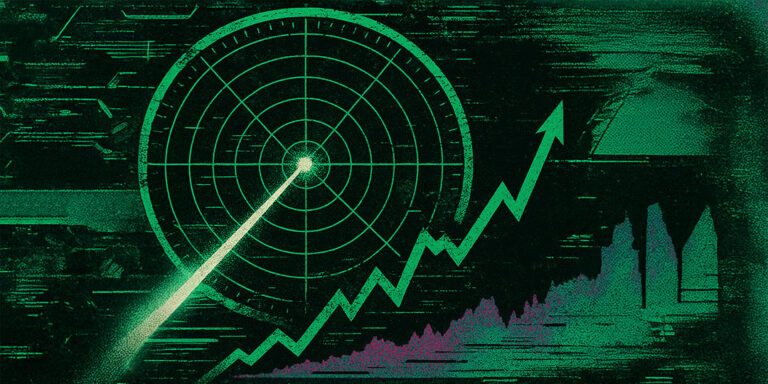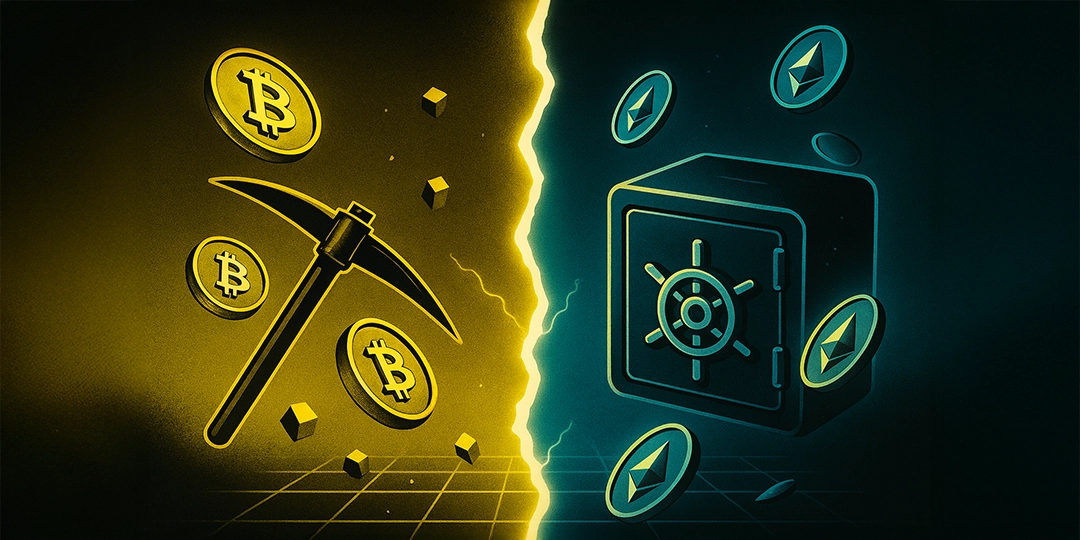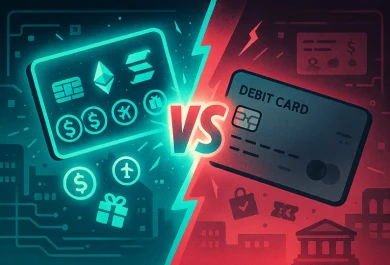How often do you find yourself tempted to invest in a project that looks promising? Sometimes, it’s just too good to be true at the beginning, but as the days go by, you find out that it’s a scam or a rug pull. Scammers have different strategies that they follow. Some pay celebrities to shill about their projects, while others make use of an event to project themselves. During the demise of the Holy Pope, some scammers used this sacred moment to make some bucks by launching a memecoin, and thereafter ripped off the people with a rug pull. Likewise, some projects use professional-looking websites, while others market through influencer endorsements and paid promotion etc. In this article, we will figure out how to spot a winning project.
Thoroughly go through the whitepaper
You may have seen YouTube ads or maybe other pop-up advertisements promising a high ROI, or maybe even a button “invest now” to earn 100X. Although the ROI on the project may be convincing, you should not make a move until you have read the white paper.
So why is reading the whitepaper so important?
The whitepaper has the important details about the project: the roadmap, tokenomics, why the project was initiated, what problem it solves, the developer information, and the vision. So once you’ve read the whitepaper, you should get an idea about what the project is and whether you would want to have this in your portfolio.
However, if the whitepaper is too techy and you find it very difficult to get the cream of the project, it’s a big red flag. If you feel like important information is not disclosed, or not clear, it just reflects on the developer’s incompetence to pull off a successful project. Furthermore, the whitepaper is supposed to be ambitious, but you gotta watch out for lofty, unrealistic promises.
Find out whether other projects are building on it
Back in 2020, when Solana was new to the market, very few knew about the token outside of its developer circle. However, as the days went by, the token achieved tremendous success, as the Solana blockchain, with its Proof of History consensus mechanism, was faster than many others. Developers jumped on the chain to build DeFi apps and NFT projects. Similarly, a project that has potential will see a lot of developers using it to build their own. You could check these how many are using the platform on analytical platform like DeFilama. However, if you find that there is no developer activity, you may need to think twice.
Keep an eye on on-chain metrics
There are many tools that you could use to check the on-chain metrics. You can check out on chain parameters on Nansen, Glassnode, Dune, Lookonchain, etc. Check the transaction volume, the activity of the wallets, check the token holder growth, find out about the liquidity on decentralized exchanges and find out the total value locked (TVL) in Defi.
If the TVL increases exponentially in a short period of time, it is not a good sign. It could be that the investors are getting ready for a pump and dump.
When you check for active wallets, make sure that there are many token holders and that the tokens are not hugely accumulated by just a few wallets. This will help you understand whether there are any whales. Distributed ownership of tokens make a project less likely to be a scam or rug pull.
Track the social media channels
All projects have a community that follows them. You have to join the community, maybe on Telegram, to find out what people are actually talking about. Since this is a public forum, there is a high chance that you could get the actual opinion of what the people think about the project. However, there could be insiders who might be impersonating the general public and giving positive feedback. Be watchful of these commenters, and if there are only a few talking about the project, it’s better to avoid it. More importantly, they will create FOMO. Don’t be fooled by “don’t miss out”, “here’s the last chance” and other time limiting and quantity-scarcity arousing phrases.










